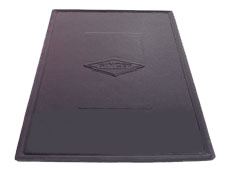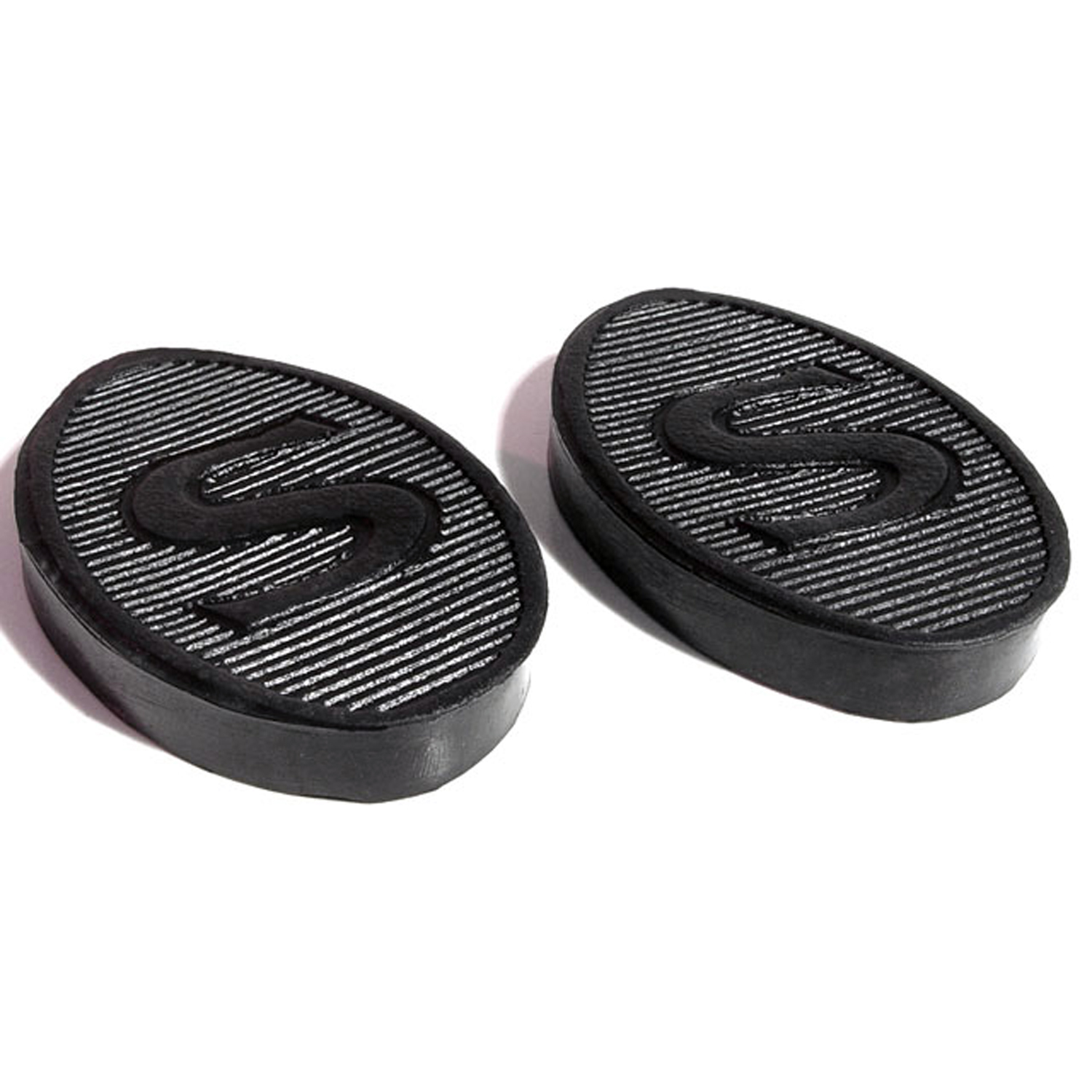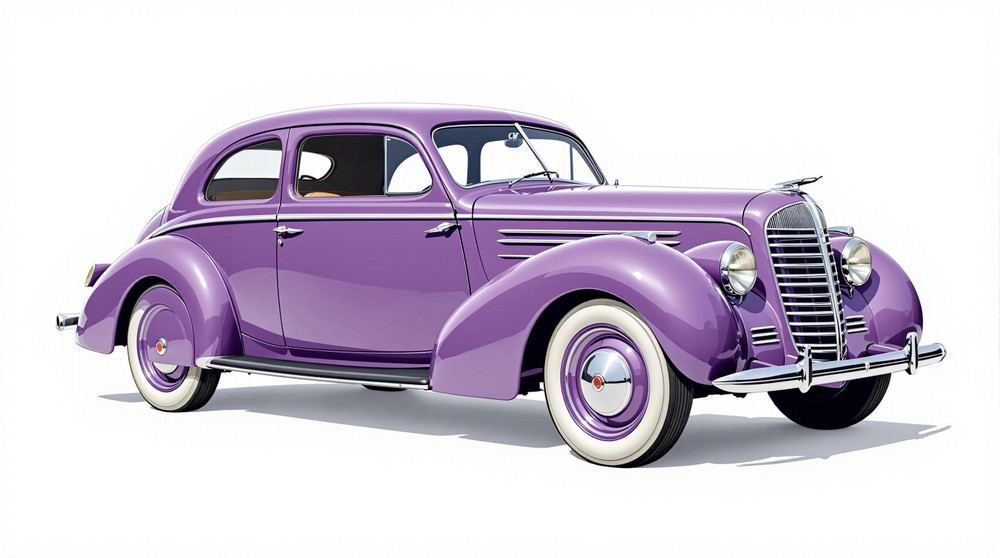Image of 1938 Singer Le Mans, Note: These illustrations use artistic license and may differ from actual historical models.
Performance Metrics
Fundamental Metrics
Emotional Appeal
MMP Rating
| Engine Specifications | |
|---|---|
| Engine: | 4-cylinder |
| Displacement: | 972 cc |
| Horsepower: | Estimated 36-40 HP |
| Torque: | Not available |
| Compression Ratio: | Not available |
| Ignition System: | Coil ignition |
| Cooling System: | Water-cooled |
| Performance Specifications | |
| 0-60 Time: | Not available |
| 1/4 Mile Time: | Not available |
| Top Speed: | 75 mph |
| Transmission and Drive | |
| Drive Type: | Rear-wheel drive |
| Transmission Type: | 4-speed manual |
| Fuel and Efficiency | |
| Fuel System Type: | Carburetor |
| MPG: | Not available |
| Dimensions and Brakes | |
| Brakes: | Drum brakes |
| Wheelbase: | 97 inches |
| Weight: | Estimated 1,800 lbs |
Note: Specifications for classic cars are given to the best of our ability, considering the limited and variant data available.
1938 Singer Le Mans: A Testament to Pre-War Automotive Elegance
The 1938 Singer Le Mans stands as a beacon of pre-war automotive design, embodying the grace and innovation of its era. Crafted by the British manufacturer Singer Motors Limited, this vehicle emerged during a time when the world was on the brink of monumental change. The Singer Le Mans was not just a car; it was a statement of style and performance that captured the hearts of enthusiasts. A notable moment in its history is its namesake's origin: the grueling 24-hour race at Le Mans, which inspired its moniker and hinted at its spirited performance.
Design and Innovation
The exterior of the 1938 Singer Le Mans is a symphony of curves and chrome, with sweeping fenders that hug its wire-spoke wheels. Its grille, a work of art in itself, presents an imposing yet elegant face to the onlooker. Inside, the cabin is a testament to craftsmanship, with rich leather upholstery and polished wood accents that speak to the luxury of the time. Technologically, it featured advanced engineering for its day, including overhead camshafts and a four-speed manual gearbox. Color options were reflective of the era's taste, with deep blues and rich maroons being popular choices among discerning buyers. The most iconic body style was undoubtedly the two-seater sports tourer, which perfectly encapsulated the vehicle's adventurous spirit.
Historical Significance
The Singer Le Mans' impact on automotive design is undeniable. It set itself apart with its combination of affordability, performance, and style—a trifecta that was rare at the time. Its influence can be seen in the post-war sports cars that sought to capture similar magic in a more accessible package for returning servicemen and women.
Performance and Handling
Performance-wise, the 1938 Singer Le Mans was no slouch. With a top speed approaching 70 mph—a respectable figure for its time—and capable acceleration, it offered an engaging driving experience. Handling was nimble for a vehicle of its era, able to tackle winding roads with poise. Drivers often recount the visceral connection they feel with the road when behind the wheel—the mechanical symphony of engine notes and the tactile feedback from every turn.
Ownership Experience
Owners of the 1938 Singer Le Mans cherished their vehicles for various purposes—from daily commuting to weekend jaunts or even amateur racing events. Maintenance could be intensive but was manageable for those familiar with pre-war automotive technology. Reliability was on par with other vehicles from that period, requiring regular attention but rewarding owners with unmatched driving pleasure.
Fun Facts
The Singer Le Mans has had its share of limelight moments—gracing classic car shows or even appearing in period films. While not known for breaking speed records, it held its own in endurance rallies and club events. Criticisms were few but often pointed towards its modest power output when compared to more expensive contemporaries.
Collector's Information
Today, a well-preserved 1938 Singer Le Mans can fetch anywhere from $30,000 to $60,000 depending on condition and provenance—though these figures can fluctuate based on market interest. With production numbers not exceedingly high, they are considered relatively rare finds in classic car circles. As appreciation for pre-war vehicles grows, so too does their value—making them both an emotional investment and a potential financial one.
Conclusion
The 1938 Singer Le Mans is more than just a classic car; it's a piece of automotive history that continues to captivate enthusiasts around the world. Its blend of style, performance, and historical significance ensures that it remains a cherished icon among collectors and admirers alike.
1938 Singer Le Mans Catalog of Parts
 1938 Singer LE MANS Accessory Floor Mat - 12"X17"-AC 48Accessory Floor Mat - made of high quality black rubber with molded original emblem. Also designed to be sewn into new carpets. 12"X17", Each
1938 Singer LE MANS Accessory Floor Mat - 12"X17"-AC 48Accessory Floor Mat - made of high quality black rubber with molded original emblem. Also designed to be sewn into new carpets. 12"X17", Each 1938 Singer LE MANS Clutch and Brake Pedal Pads. 1-3/4" wide X 3" long. Pair-CB 98Clutch and Brake Pedal Pads. 1-3/4" wide X 3" long. Pair
1938 Singer LE MANS Clutch and Brake Pedal Pads. 1-3/4" wide X 3" long. Pair-CB 98Clutch and Brake Pedal Pads. 1-3/4" wide X 3" long. PairWhy Choose Metro?
For over 100 years, Metro Moulded Parts has been the pinnacle of quality in classic car restoration parts. Our commitment to precision and authenticity in every component ensures a perfect fit and an OEM-level appearance.
- Expert Craftsmanship & Quality: Each part is a testament to our dedication to reliability and perfection, crafted from original designs and thoroughly tested.
- Advanced Technology: We use cutting-edge techniques to create flawless, long-lasting parts that surpass others in performance.
- SuperSoft Sponge – The Ultimate Door Seal: Not only are our door seals 30% softer than competitors', but they're also guaranteed to never leak. They effectively reduce wind and road noise, enhancing your classic car's comfort and driving experience.
- Proudly American: Our parts are a product of American craftsmanship, made in the USA with a spirit of excellence and heritage.
- Unrivaled Warranty: We back our products with a 30-year industry-leading warranty, a testament to our confidence in their quality.
Join us in preserving the legacy of classic cars with parts that are crafted for perfection, not just made.

